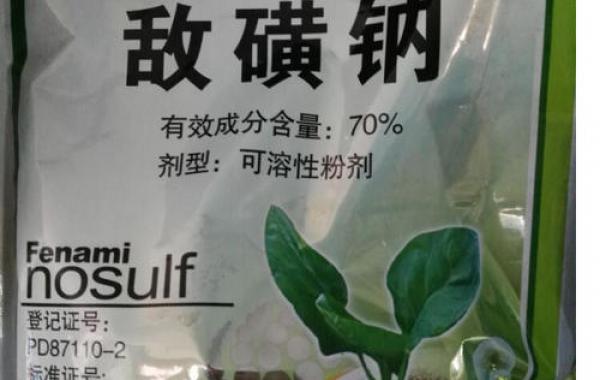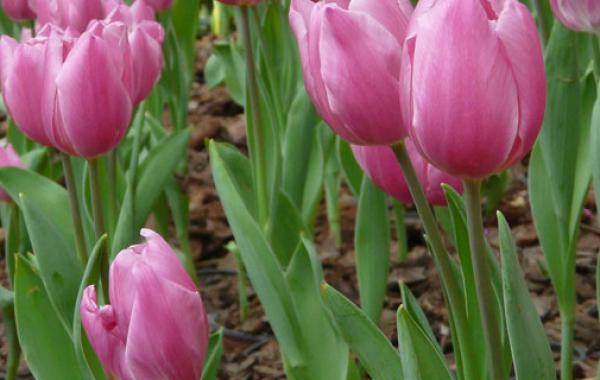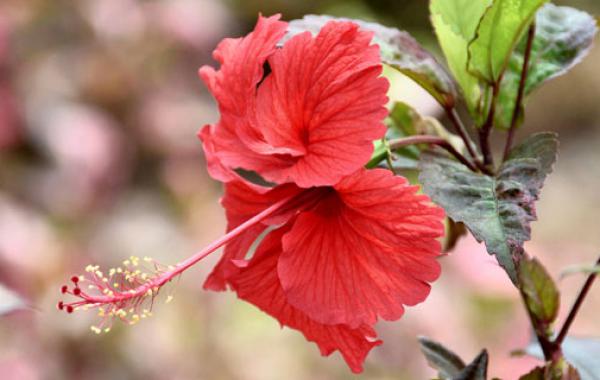What are the effects of flower fungicides?

What are the effects of flower fungicides?
Usually, when we choose flower fungicides, we often do not know which kind to choose. In fact, we have to carry out different prevention and control according to different diseases. I have introduced the following kinds of pesticides to you. I hope you can refer to the following:
Triadimefon can prevent, eradicate and fumigate rust and powdery mildew. Apple rust, Chinese white poplar rust, chrysanthemum rust, Carex rust, rose rust, rose powdery mildew, begonia powdery mildew, melon leaf chrysanthemum powdery mildew, ivy powdery mildew and so on can be controlled. If 25% triadimefon is sprayed with wettable powder, the usual concentration is 3000 ml 4000 times; if 20% triadimefon EC is sprayed, the usual concentration is 2000 times. In addition, triadimefon has a certain control effect on flower leaf blight, brown spot, leaf spot and so on.
Chlorothalonil has preventive effect on a variety of plant diseases. Chlorothalonil has good adhesion on the surface of plants and is not easy to be washed away by Rain Water, so it has a long efficacy period, usually 10 days. However, it has no internal absorption and conduction, and will not be absorbed from the spraying site and root system, so the spray should be uniform and thoughtful. Usually 75% chlorothalonil wettable powder 600 Mel 1000 times liquid spray can effectively control rose black spot, poplar black spot, chrysanthemum brown spot, peony brown spot, rubber tree anthracnose, gentleman orchid anthracnose, cherry blossom brown spot perforation and so on. Chlorothalonil has certain irritation to human skin and eyes, so corresponding protective measures should be taken when it is used.
Xiaojiling carbendazim can not only prevent and kill bacteria, but also has a strong ability to kill viruses. In addition, because the raw materials are urea and potash, it also plays a role in promoting plant growth. Spraying with 1000 Mel 2000 times of 50% carbendazim wettable powder can effectively control rose black spot, rose powdery mildew, rose withered branch disease, rose gray mold, rose root cancer, tulip blight, lily leaf blight, chrysanthemum mosaic disease, a bunch of red mosaic disease, lawn brown spot, lawn stem rot and a variety of root rot, stem rot, etc.
There are two kinds of flower diseases: non-communicable diseases and infectious diseases. The main factors for the occurrence of non-communicable diseases are temperature, sunlight, humidity, drought, waterlogging, severe cold, nutrient deficiency or imbalance and mechanical damage. This kind of disease only affects the affected plant itself and cannot be re-transmitted. Infectious diseases caused by fungi, bacteria, viruses and so on, caused by parasitism of plants, can propagate and spread rapidly and cause disasters in a suitable environment. Flower fungicide is a kind of medicine which is used for the prevention and treatment of these diseases.
Related
- What if the leaves of potted flowers turn yellow?
- Florescence Control of several Flowers
- Anti-freezing technology and post-freezing nursing technology of flowers
- What is the classification of flowers? What are the common methods of flower classification?
- Prevention and control of alkali and acid damage of flowers in courtyard
- Technology of Anti-freezing and restoring growth of Flower seedlings in greenhouse and greenhouse
- How does flower fertilization not hurt the root? Fertilization technology of flowers
- Key points of disinfection in flower greenhouse
- Several pesticides that are banned or used cautiously in flowers
- How to fertilize the flowers that watch the leaves?



